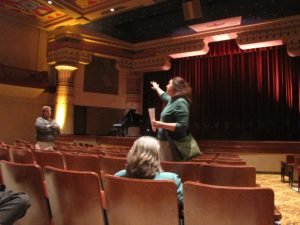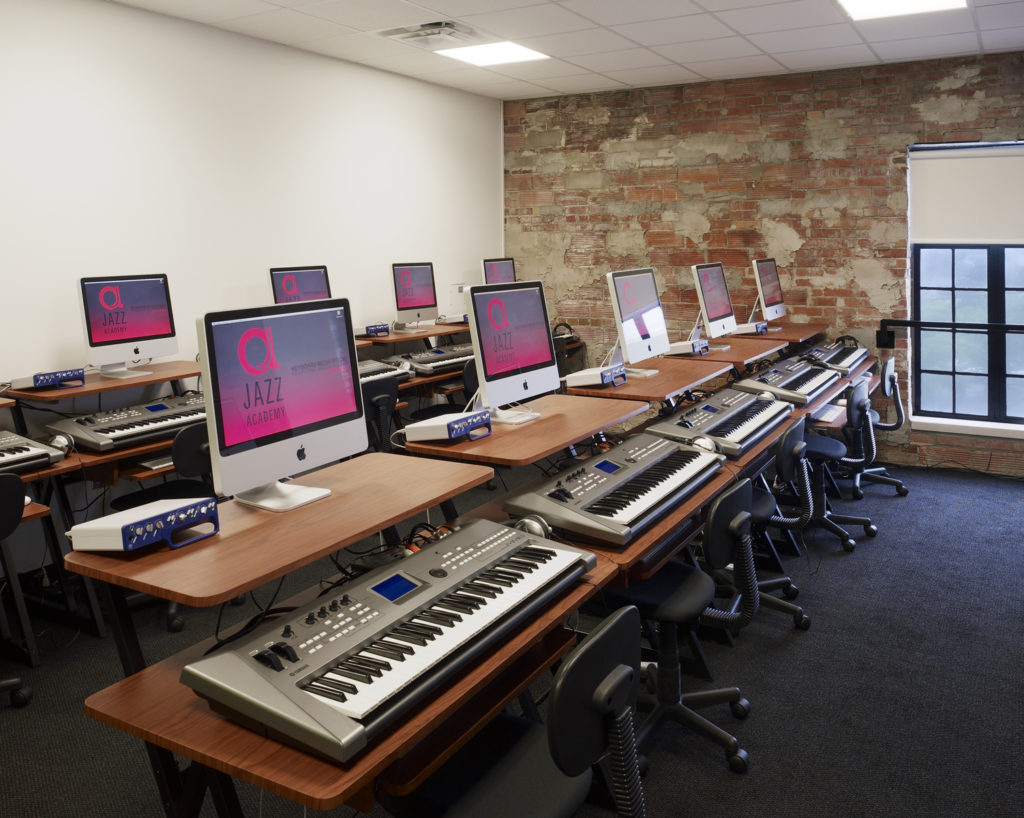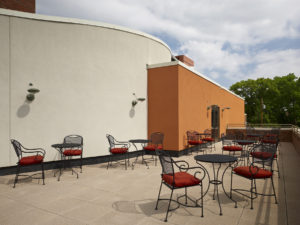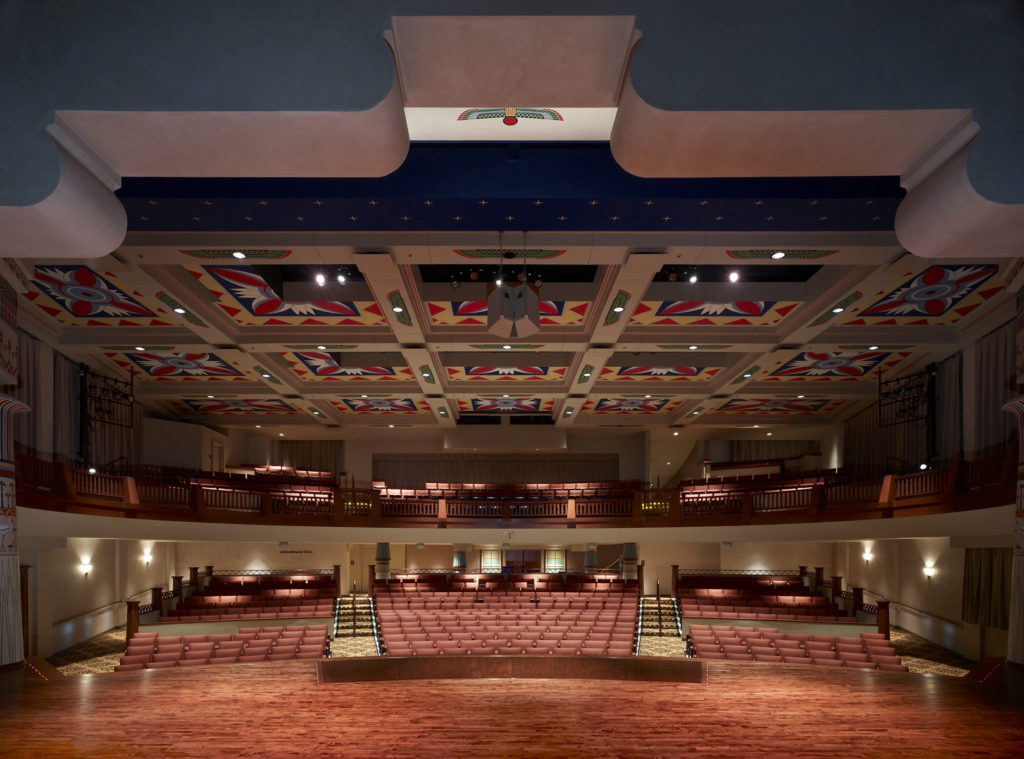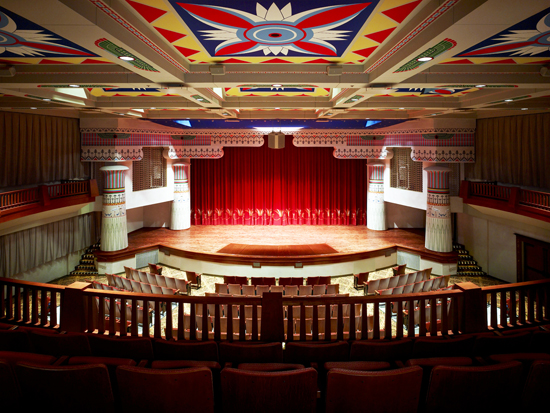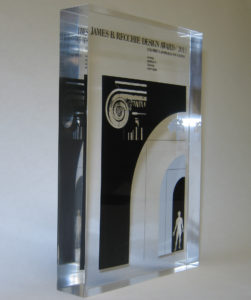(by Andy Sewell, originally posted September 27, 2012)
Undertaking an historical building renovation provides you with an opportunity to combine the authenticity of the old with the latest technologies and concepts in green building. The U.S. Green Building Council (USGBC), the sponsor for the Leadership in Energy and Environmental Design (LEED), estimates that buildings account for 74 percent of the electricity used in the U.S. and 39 percent all energy usage.
The goal of the LEED program is to reduce carbon dioxide emissions by 50 percent, an ambitious commitment that’s only attainable on a one by one basis. Besides bringing an existing building into the 21st Century by using the latest building materials and techniques that increase its energy efficiency, rehabilitating an existing building saves raw materials and lowers landfill waste. Saving historic buildings also has an important social role by preserving the past for generations to come.
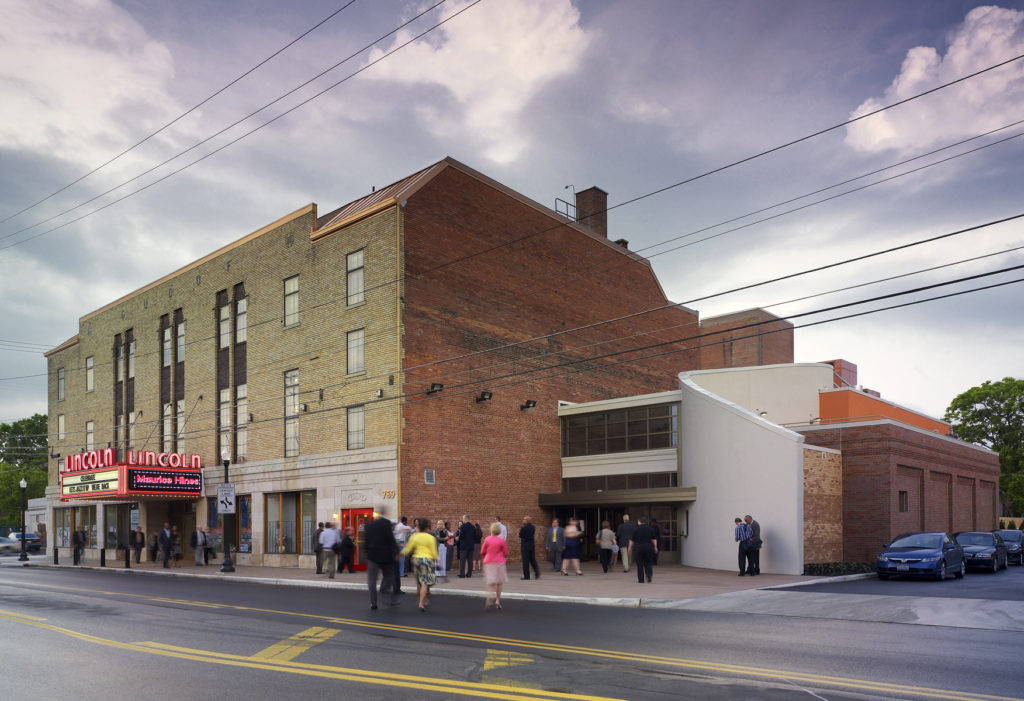
The Lincoln Theatre in Columbus, Ohio, renovated to meet City of Columbus Sustainable Design standards
Planning the renovation of an historic building is complex to start with, but maintaining its historical integrity with the green building challenge makes the project that much more challenging. Fortunately, engineers, architects and designers with LEED credentials who respect the historical value of the building know how to marry the old with the new, such as those on staff here at Hardlines Design Company. The result is a building with that’s lighter on the environment because of the energy-efficiency intelligence designed into it and the recycling that takes place in the renovation process.
Using licensed and highly trained consultants who specialize in green and LEED building can help you navigate the design, approval and certification process, for both recognition as a green building and a sound historical building. These experts know how to combine energy efficient heating and cooling, lighting and air quality controls without damaging the components of the structure that contribute to its historical significance.
By working with the existing framework of the building and salvaging what’s significant and valuable, the project team can incorporate components that bring it up to the high standards for LEED certification or as a green building. High efficiency HVAC equipment, insulation, windows and ventilation techniques contribute to the greening of existing structures without interfering with their role in history, socially and physically.
Using old and new materials that don’t cause indoor air pollution has never been easier, since options for products that do not throw off harmful gases are many. Wood finishes with low volatile organic compounds are available for refinishing existing wood. Updating wiring with smart technology lowers the energy footprint, as does building in water conservation measures without disturbing the original fixtures.
The art behind using the original components, combined with modern construction practices, assures owners and developers that the final result will be a seamless blend of the best of the past with state-of-the-art engineering and design. It’s possible and desirable to combine the past with the best of the new to not only honor the history, but to respect the environment in the future, as well.
For more information on incorporating green design into your buildings, old or new, please feel free to contact us!


